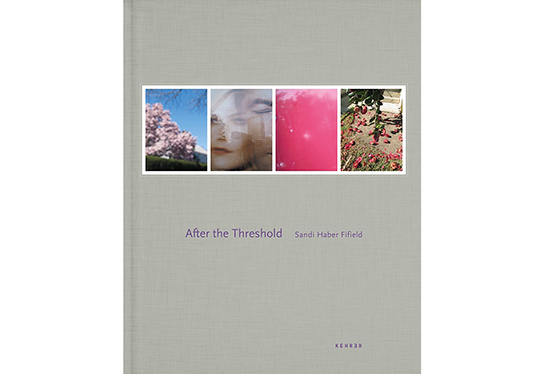Review: After the Threshold by Sandi Haber Fifield

Photography is such a peculiar form of art. It’s instantaneous in ways that other art forms are not. You see a photograph, and it’s right there, impressing itself immediately into your brain, into the unconscious parts first and then, after a little delay, into the conscious areas. As a result, it operates in very different ways than, say, music or video, photography’s closest cousin. Photography’s immediacy naturally leads to all kinds of assumptions about its power, many (most?) of which turn out to be wrong.
For example, we want to believe that seeing images of horrible abuse will make such future horrible abuse impossible, but that’s not the case. Our consciousness, after all, will find ways to argue its way around our subconsciousness (our consciousness works much like the US Senate with its combination of meekness and deeply entrenched vested interests). But the interesting thing about photography is that it retains its power, provided it does not overplay its hand.
Photography’s immediacy allows it to operate in pairs, triplets, or even larger groups. The larger the group, the trickier it gets - after all, the human brain does require a small amount of time to take in a single image. But that amount of time is small compared with how long it takes to take in a video, or listen to just enough of a piece of music to be moved by it. Two photographs next to each other thus manage to “speak” in ways that two videos or pieces of music never could. Use three of four photographs, and you get a little sequence that almost operates like a melody, a little line of music that hints at something larger, but that (potentially) triggers a reaction that results from something beyond the individual notes.
I had to think of this when looking through Sandi Haber Fifield’s After the Threshold, a book in which each spread consists of groups of mostly four, occasionally three photographs, the the same size, presented in a row. It’s a book of musical chords, essentially, done using photographs. Photographs aren’t necessarily the equivalent of notes in music, but the combination of three or four photographs, as presented in this book, effectively turns each group of pictures into a chord. Just like in music, chords come in all kinds of flavours, and they do different things.
The notes can also be played in unison or arpeggio style, one after the other. The interesting thing about After the Threshold is that you end up with both. Some sequences require a reading, from left to right, others appear to operate more like a group of photographs that all speak at the same time. Not each of the groups works equally well for me; some seem a tad simplistic (to the point of being designy). But the more interesting groups - the bulk of the book - create these little stories or moods that linger and carry a mood, much like a chord. I was almost surprised how well that worked.
Thus After the Threshold provides a great example of part of photography’s spectrum, sitting somewhere between the single image and the long, elegant sequence of many pictures. And the book implicitly tells us something about how photographs work, or maybe how what many might consider as photography’s weakness - the isolated moment - might be transformed into a strength.
After the Threshold; photographs by Sandi Haber Fifield; essay by Vicki Goldberg; 96 pages; Kehrer; 2013